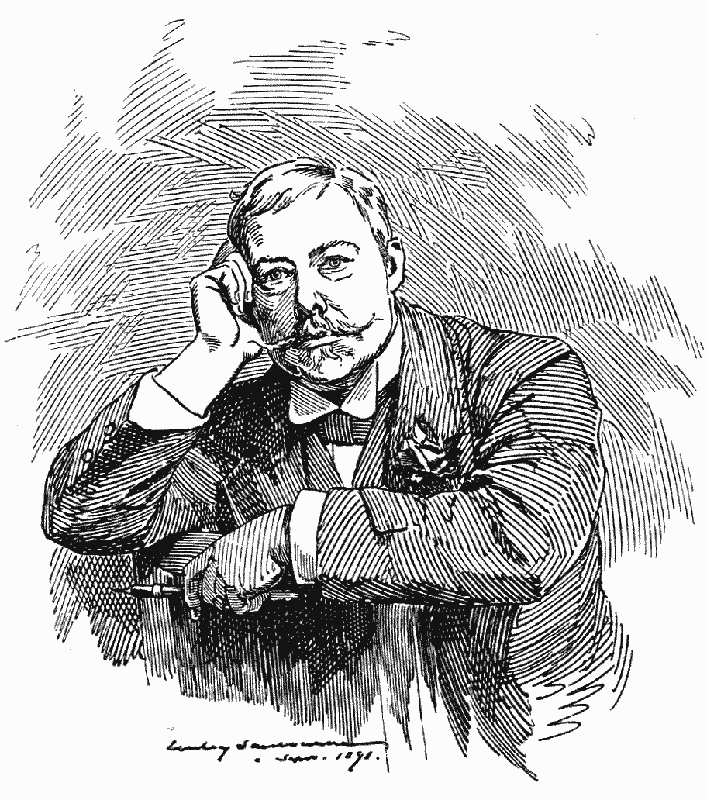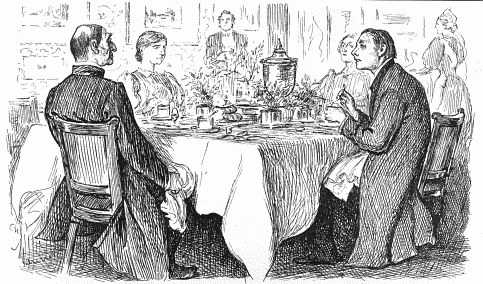|
Lord Snowdon
Antony Charles Robert Armstrong-Jones, 1st Earl of Snowdon, (7 March 1930 – 13 January 2017), was a British photographer and filmmaker. He is best known for his portraits of world notables, many of them published in ''Vogue'', '' Vanity Fair'', and other major venues; more than 100 of his photographs are in the permanent collections of the National Portrait Gallery. From 1960 to 1978 he was married to Princess Margaret, the sister of Queen Elizabeth II. Early life Armstrong-Jones was the only son of the marriage of the Welsh barrister Ronald Armstrong-Jones (1899–1966) and his first wife, Anne Messel (later Countess of Rosse; 1902–1992). He was born at Eaton Terrace in Belgravia, central London. He was called "Tony" by his close relatives. Armstrong-Jones's paternal grandfather was Sir Robert Armstrong-Jones, a Welsh psychiatrist. His paternal grandmother, Margaret Armstrong-Jones (née Roberts), was a graduate of Somerville College, Oxford, and was the daughter ... [...More Info...] [...Related Items...] OR: [Wikipedia] [Google] [Baidu] |
The Right Honourable
''The Right Honourable'' (abbreviation: ''Rt Hon.'' or variations) is an honorific Style (form of address), style traditionally applied to certain persons and collective bodies in the United Kingdom, the former British Empire and the Commonwealth of Nations. The term is predominantly used today as a style associated with the holding of certain senior public offices in the United Kingdom, Canada, New Zealand, and to a lesser extent, Australia. ''Right'' in this context is an adverb meaning 'very' or 'fully'. Grammatically, ''The Right Honourable'' is an adjectival phrase which gives information about a person. As such, it is not considered correct to apply it in direct address, nor to use it on its own as a title in place of a name; but rather it is used in the Grammatical person, third person along with a name or noun to be modified. ''Right'' may be abbreviated to ''Rt'', and ''Honourable'' to ''Hon.'', or both. ''The'' is sometimes dropped in written abbreviated form, but is al ... [...More Info...] [...Related Items...] OR: [Wikipedia] [Google] [Baidu] |
National Portrait Gallery, London
The National Portrait Gallery (NPG) is an art gallery in London housing a collection of portraits of historically important and famous British people. It was arguably the first national public gallery dedicated to portraits in the world when it opened in 1856. The gallery moved in 1896 to its current site at St Martin's Place, off Trafalgar Square, and adjoining the National Gallery (London), National Gallery. It has been expanded twice since then. The National Portrait Gallery also has regional outposts at Beningbrough Hall in Yorkshire and Montacute House in Somerset. It is unconnected to the Scottish National Portrait Gallery in Edinburgh, with which its remit overlaps. The gallery is a non-departmental public body sponsored by the Department for Digital, Culture, Media and Sport. Collection The gallery houses portraits of historically important and famous British people, selected on the basis of the significance of the sitter, not that of the artist. The collection includes ... [...More Info...] [...Related Items...] OR: [Wikipedia] [Google] [Baidu] |
Edward Linley Sambourne
Edward Linley Sambourne (4 January 18443 August 1910) was an English cartoonist and illustrator most famous for being a draughtsman for the satirical magazine ''Punch'' for more than forty years and rising to the position of "First Cartoonist" in his final decade. He was also a great-grandfather of Antony Armstrong-Jones, 1st Earl of Snowdon, who was the husband of Princess Margaret. Early life and education Edward Linley Sambourne was born in the family home at 15 Lloyd Square in Pentonville, London 4 January 1844. He was the only surviving child of Edward Mott Sambourne, a furrier merchant in the City of London. His mother Frances Linley was the daughter of Peter Linley, who followed into the family business of scythe manufacture near Sheffield. Linley was educated at various schools throughout England. Aged 10 or 11 he enrolled as a pupil in the City of London School, but by 1857 he was at a school in Sheffield. From late 1857 to 1860 he had again enrolled in a new school, t ... [...More Info...] [...Related Items...] OR: [Wikipedia] [Google] [Baidu] |
Punch (magazine)
''Punch, or The London Charivari'' was a British weekly magazine of humour and satire established in 1841 by Henry Mayhew and wood-engraver Ebenezer Landells. Historically, it was most influential in the 1840s and 1850s, when it helped to coin the term " cartoon" in its modern sense as a humorous illustration. From 1850, John Tenniel was the chief cartoon artist at the magazine for over 50 years. After the 1940s, when its circulation peaked, it went into a long decline, closing in 1992. It was revived in 1996, but closed again in 2002. History ''Punch'' was founded on 17 July 1841 by Henry Mayhew and wood-engraver Ebenezer Landells, on an initial investment of £25. It was jointly edited by Mayhew and Mark Lemon. It was subtitled ''The London Charivari'' in homage to Charles Philipon's French satirical humour magazine '' Le Charivari''. Reflecting their satiric and humorous intent, the two editors took for their name and masthead the anarchic glove puppet, Mr. Punch, o ... [...More Info...] [...Related Items...] OR: [Wikipedia] [Google] [Baidu] |
Oliver Messel
Oliver Hilary Sambourne Messel (13 January 1904 – 13 July 1978) was an English artist and one of the foremost stage designers of the 20th century. Early life Messel was born in London, the second son of Lieutenant-Colonel Leonard Messel and Maud, the only daughter of Linley Sambourne, the eminent illustrator and contributor to ''Punch'' magazine. He was educated at Hawtreys, a boarding preparatory school then in Kent, Westminster School and Eton — where his classmates included Harold Acton, Eric Blair, Brian Howard, and Robert Byron— and at the Slade School of Fine Art, University College. Painting, stage design After completing his studies, he became a portrait painter and commissions for theatre work soon followed, beginning with his designing the masks for a London production of Serge Diaghilev's ballet ''Zephyr et Flore'' (1925). Subsequently, he created masks, costumes, and sets – many of which have been preserved by the Theatre Museum, London – for ... [...More Info...] [...Related Items...] OR: [Wikipedia] [Google] [Baidu] |

_(cropped).jpg)


